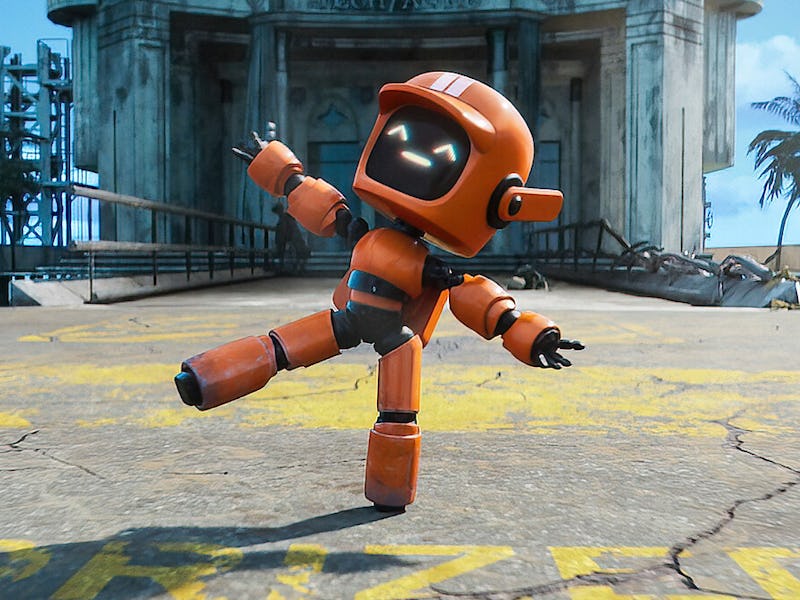Netflix Needs to Make More Television Like Love, Death & Robots
The sci-fi anthology shaped its very home.

Netflix has always experimented with how subscribers use its platform, from hosting live events to creating interactive, choose-your-own-adventure TV episodes. But one of its more underappreciated gambles was a risky anthology series that changed how Netflix approached TV — and how we watch it.
Love, Death & Robots began as an attempt by filmmakers David Fincher and Tim Miller to remake the controversial 1981 animated film Heavy Metal. They envisioned it as an animated anthology film, with different directors directing each segment. The movie floundered, but after Fincher worked on House of Cards and Mindhunter for Netflix, he realized the platform’s potential to show work beyond the restraints of broadcast television.
Thus was born Love, Death & Robots, a unique anthology of sci-fi shorts from different animation companies that varied wildly in length, medium, and tone. In one episode, three robots pass the time in a post-apocalyptic world. In another, an entire civilization rises and falls inside a couple’s freezer.
The series allowed Netflix to stretch beyond its initial mission of replicating the television experience and take advantage of its on-demand format to host videos otherwise suited for film festivals or the bowels of YouTube. It also let the platform experiment with its own format. When Love, Death & Robots premiered on March 15, 2019, not all viewers were greeted with the same episode order.
In “Ice Age,” a tiny city experiences an itty-bitty industrial revolution.
Speculation began swirling that the order was customized to demographic traits, prompting Netflix to state, “We’ve never had a show like Love, Death & Robots before so we’re trying something completely new: presenting four different episode orders. The version you’re shown has nothing to do with gender, ethnicity, or sexual identity — info we don’t even have in the first place.”
The choice used Netflix’s format as a strength; if viewers saw the show differently, their curiosity would prompt a word-of-mouth spread as people discussed how different episode orders changed the experience. It was an approach Netflix would attempt again with 2022’s Kaleidoscope, a heist series that gave every subscriber a (mostly) random episode order.
Love, Death & Robots’ animation varied from photorealistic 3D to stylized 2D.
The shuffling also disguised the fact that Love, Death & Robots was so short it could be digested rather quickly. Essentially, it helped introduce a new audience to the world of short film, which now has a permanent home on Netflix. The Oscar-winning The Wonderful Story of Henry Sugar and Oscar-nominated The After both originated on the streamer.
Love, Death & Robots was a showcase of animation as a storytelling medium and a perfect example of what made Netflix unique as a platform. Let’s hope the streamer continues to remember that it’s not just a tool for catching up with TV and movies, but a way to tell stories you can’t find anywhere else.